The latest Iranian state-backed investigation into the nationwide protests of November 2019 notably avoided answering the question of whether Iranian citizens or state forces took part for wide-scale destruction of public and private property.
The new study, entitled Opponent Tactics in Shaping Urban Unrest, was published in the latest issue of the quarterly Crisis Management and Emergency Situations: a journal affiliated with the Islamic Revolutionary Guard Corps’ Imam Hossein University. A total of 30 IRGC commanders, intelligence and security operatives were interviewed for the report, including members of the IRGC’s Sarollah Headquarters in Tehran.
The report described the November 2019 protests as having been significantly different to those of the 1990s and 2000s, in that the participants were mostly drawn from the Iranian working class and urban poor. "People from the lower classes, and part of the middle class whose [economic] situation has constantly deteriorated – especially young people who do not see a clear economic, social and political future – are tired and frustrated by the prevailing situation and thus joined the protests," the author asserted.
The study examined the protestors’ tactics, both psychological and in the field, and in particular the slogans used during the protests. It inferred that Iranian society and political sentiment could no longer be neatly categorised within the trends of conservatism or reformism – a notion that will not sit well with leaders on either side of that divide.
The IRGC commanders and security experts interviewed said that the November 2019 protesters had “spread rumors”, benefited from the support of celebrities, and “appropriated the sanctities”: for example, by using slogans such as “Hojjah Ibn al-Hassan, break the roots of oppression”, invoking religious figures during a political protest. They also cited the “character assassination” of Supreme Leader Ayatollah Ali Khamenei and other Shia “sources of emulation”.
The study also noted the repetition of pro-democracy slogans and messages, as well as poetry, by the crowds in various parts of Iran during November 2019. Other “tactics” it listed included the carrying of Iranian flags that did not bear the emblem of the Islamic Republic, singing traditional Iranian anthems, carrying placards insulting high-ranking officials and painting graffiti on public walls, as well as online activity. Protesters booed the Basij and NAJA cyber-security police, the study observed, and women removed their hijabs.
So far, so non-violent. And though the IRGC-backed study acknowledged a general and vague allegation of vandalism in public spaces, as well as attacks on government buildings, scant details were given and the author did not directly attribute these actions to the protesters. Despite the claims of looting and vandalism made by Hassan Rouhani and other public figures at the time, not one of the 30 made a single mention of this issue – saying only that the protestors “intended to confront security forces” and “resist the crackdown”.
In the end, not blaming the protestors for property damage was one of the few important aspects of the study. Contrary to repeated previous claims by Islamic Republic officials, this IRGC-backed report offered no evidence that November 2019 protestors had taken part in the sabotage. Ever since November 2019, eyewitnesses have insisted that it was security forces and plainclothes agents – not regular citizens – who damaged property and set fire to buildings, precisely in order to blame protesters and justify the bloody crackdown. The same claims were made repeatedly at the Aban Tribunal last November, including by ex-IRGC and security agents. This, however, is the first time an official organ has suggested the same inside Iran itself.
Related coverage:
Aban Tribunal: Witnesses Say Regime Agents, Not Protesters, Burned the Banks
Aban Tribunal: Security Forces' Hired Thugs Executed After Missions
November 2019: The Weapons Iran's Regime Used Against its Own People
visit the accountability section
In this section of Iran Wire, you can contact the officials and launch your campaign for various problems




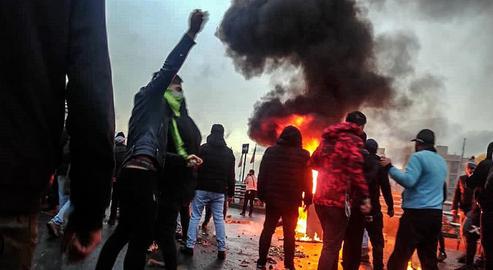
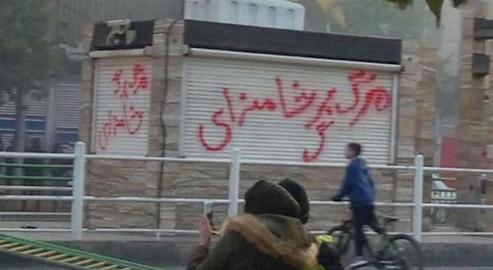

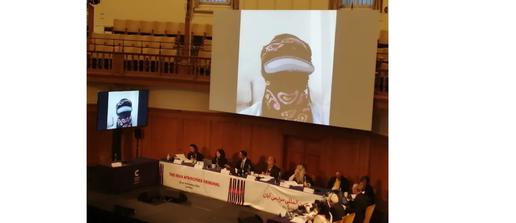

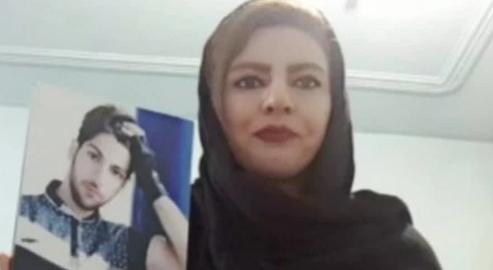
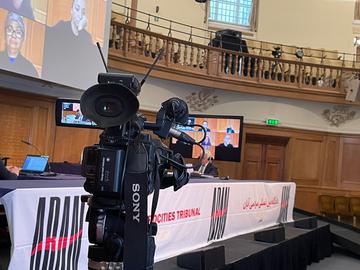
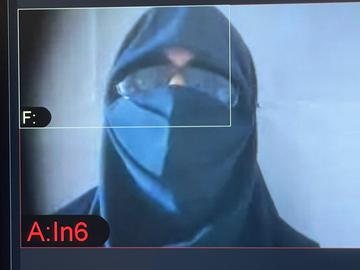
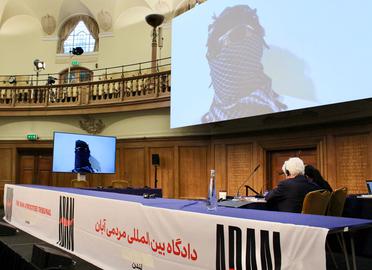
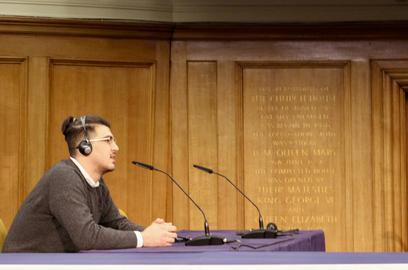
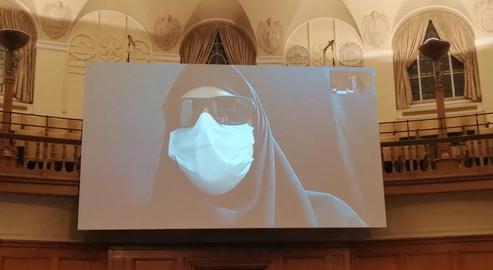
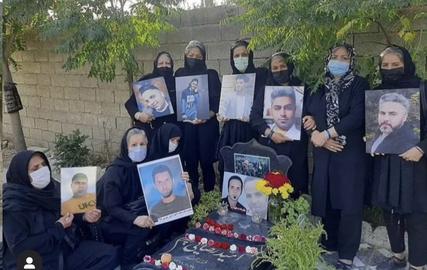
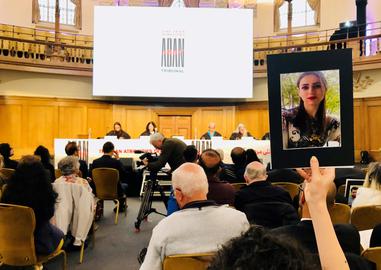
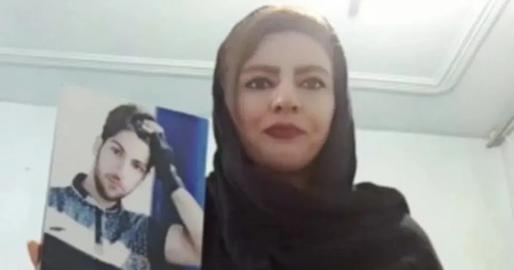
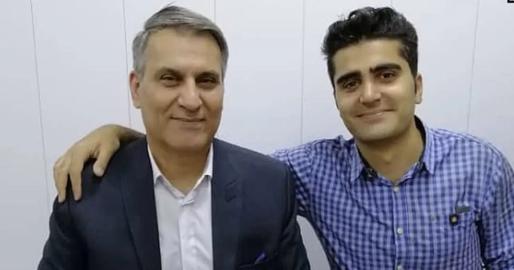
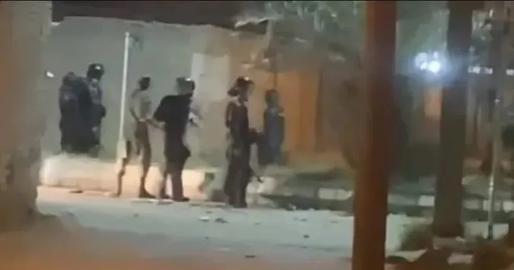
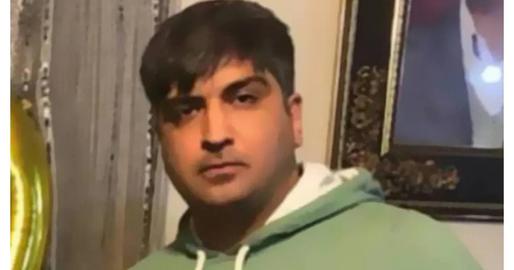
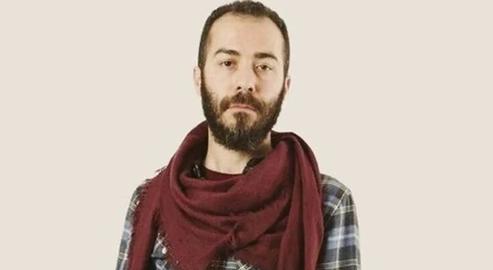
comments